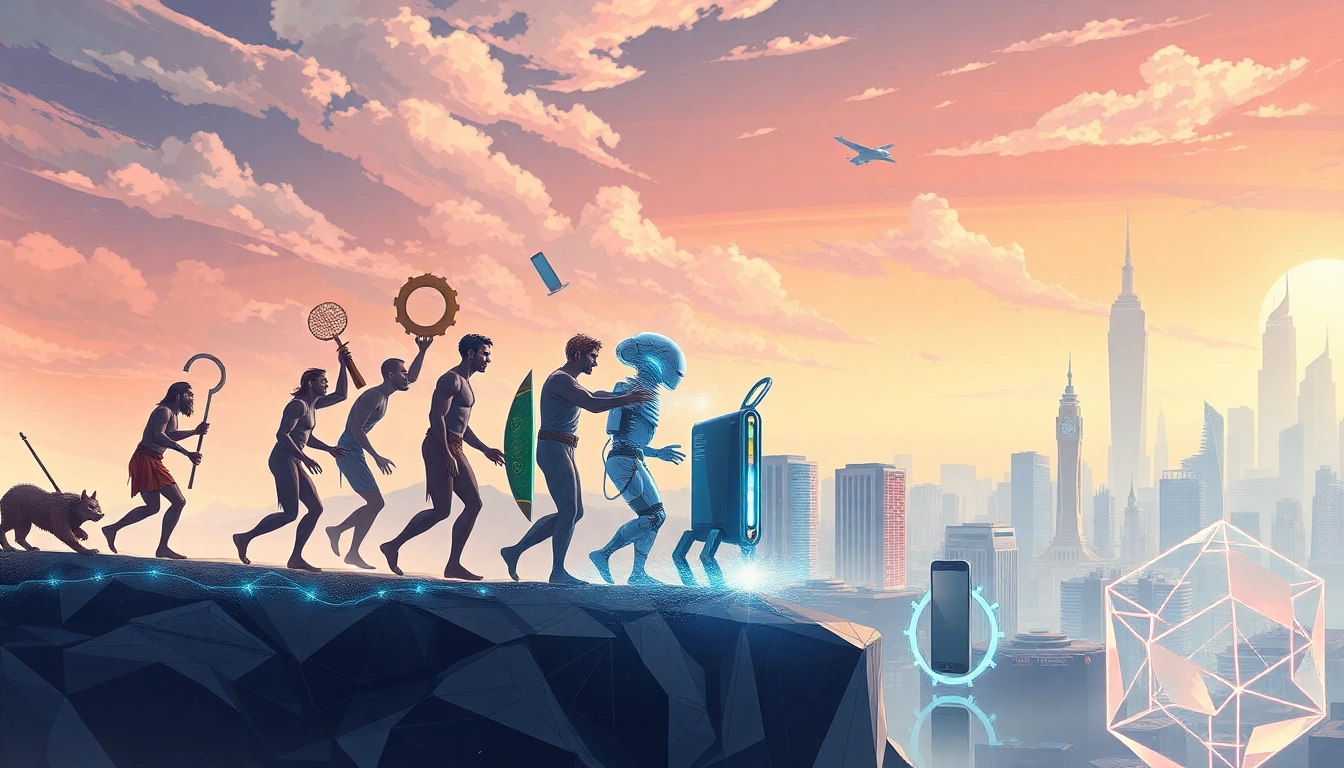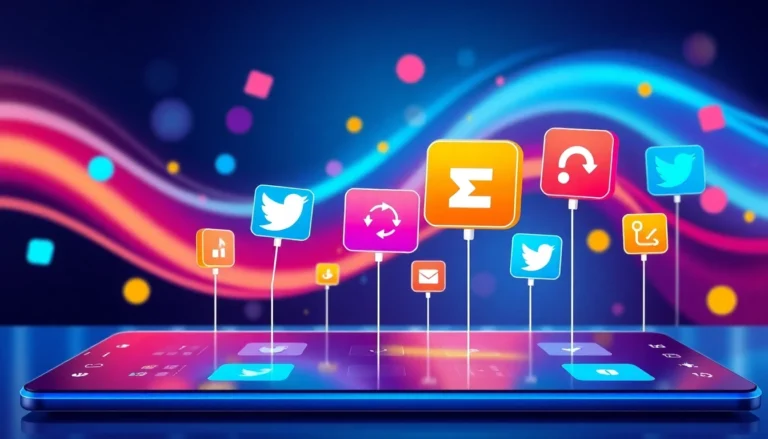In today’s rapidly evolving world, technology has become an integral part of our lives, transforming how we work, communicate, and solve problems. From the dawn of the industrial revolution to the digital age, technological advancements continue to shape societies and redefine possibilities. Whether it’s through groundbreaking innovations like artificial intelligence or the proliferation of interconnected IoT devices, understanding the multifaceted nature of technology is essential for navigating the future. In this comprehensive guide, we explore the essence of technology, its evolution, current trends, and exciting developments on the horizon.
What Is Technology? Definition and Key Concepts
The Evolution of Technology Through History
Technology is broadly defined as the application of scientific knowledge for practical purposes. Throughout history, it has driven societal progress—from the invention of the wheel and printing press to the development of the internet and mobile devices. Each era of technological innovation has contributed to increased efficiency, new industries, and improved living standards. For example, the Industrial Revolution introduced mechanization, fundamentally changing manufacturing and transportation, while the Digital Revolution brought about the rise of computers and digital communication.
How Technology Influences Society Today
Today, technology permeates every aspect of daily life. It enables instant communication across continents, facilitates global commerce, and enhances healthcare through digital medicine and data analytics. Societies are increasingly dependent on digital infrastructure, with innovations like social media, cloud computing, and big data shaping cultural norms and economic models. The impact extends to education, where e-learning platforms democratize access to knowledge, and to environmental efforts, through renewable energy technologies.
Core Components of Modern Technology
- Hardware: Physical devices like smartphones, servers, and IoT gadgets.
- Software: Operating systems, applications, and cloud services that run on hardware.
- Networks: Internet, intranets, and wireless communication systems enabling connectivity.
- Data: The digital information that fuels decision-making and innovation.
Types of Technology: A Comprehensive Overview
Information and Communication Technologies (ICT)
ICT encompasses tools that facilitate information exchange, including computers, smartphones, and broadband networks. These technologies underpin modern communication, enabling real-time interaction and data sharing across the globe. Examples include video conferencing platforms, social media, and enterprise software.
Biotechnology and Medical Technologies
Advances in biotech have revolutionized healthcare, from gene editing with CRISPR to personalized medicine. Medical devices like robotic surgical systems and telemedicine platforms improve patient outcomes and accessibility.
Renewable and Sustainable Technologies
To combat climate change, innovations such as solar panels, wind turbines, and energy storage solutions are crucial. These technologies promote sustainable development by reducing reliance on fossil fuels and lowering carbon footprints.
The Impact of Technology on Various Sectors
Technology in Business and Industry
Automation, AI-driven analytics, and blockchain are transforming industries by increasing efficiency, reducing costs, and enhancing security. Smart factories leverage IoT devices for real-time monitoring, optimizing production processes.
Educational Technology and E-Learning
Digital platforms enable remote learning, virtual classrooms, and interactive content. Schools and universities adopt AI tutors and adaptive learning algorithms to personalize education experiences.
Healthcare Innovations and Digital Medicine
Wearable health devices, telehealth services, and AI diagnostics improve patient care. Data analytics help predict outbreaks and optimize treatment plans, making healthcare more proactive and personalized.
Future Trends and Emerging Technologies
Artificial Intelligence and Machine Learning
AI continues to advance, powering autonomous vehicles, smart assistants, and predictive analytics. As machine learning models become more sophisticated, they will enable more personalized services and decision-making automation.
Quantum Computing and Blockchain
Quantum computing promises exponential processing power, revolutionizing fields like cryptography and complex simulations. Blockchain technology enhances security and transparency in digital transactions, with applications from finance to supply chain management.
The Rise of IoT and Smart Devices
The Internet of Things (IoT) connects everyday objects, from home appliances to industrial equipment, creating smart environments. These devices generate vast data streams, enabling smarter cities, homes, and workplaces.
Frequently Asked Questions About Technology
1. What is the definition of technology?
Technology is the application of scientific knowledge to develop tools, systems, and processes that solve problems and improve human life. It encompasses hardware, software, and networks used to create, store, and transmit information or facilitate tasks.
2. How has technology evolved over time?
Technology has evolved from simple tools like stone and wood implements to complex digital systems. Major milestones include the Industrial Revolution, the advent of computers, the internet, and now, emerging fields like AI and IoT, each building upon previous innovations.
3. What are the current major trends in technology?
Today’s leading tech trends include artificial intelligence and machine learning, IoT devices, cybersecurity technologies, blockchain, quantum computing, and digital innovation aimed at sustainability and connectivity.
4. How does technology impact daily life?
Technology influences daily routines through smartphones, online banking, telecommuting, and health monitoring. It enhances convenience, productivity, and connectivity, while also raising concerns about privacy and digital security.
5. What are some future technological developments to watch?
Future developments include even more advanced AI, quantum computing breakthroughs, widespread adoption of IoT, autonomous vehicles, and innovations in renewable energy tech. These will further reshape industries and societies globally.
Conclusion: Embracing the Future of Technology
Understanding the broad scope and rapid evolution of technology empowers individuals and organizations to adapt, innovate, and stay ahead. As emerging tech trends like AI, IoT, and cybersecurity technologies continue to develop, preparing for these changes is essential. Stay curious, keep learning, and leverage technological advancements to create a smarter, safer, and more connected future.








